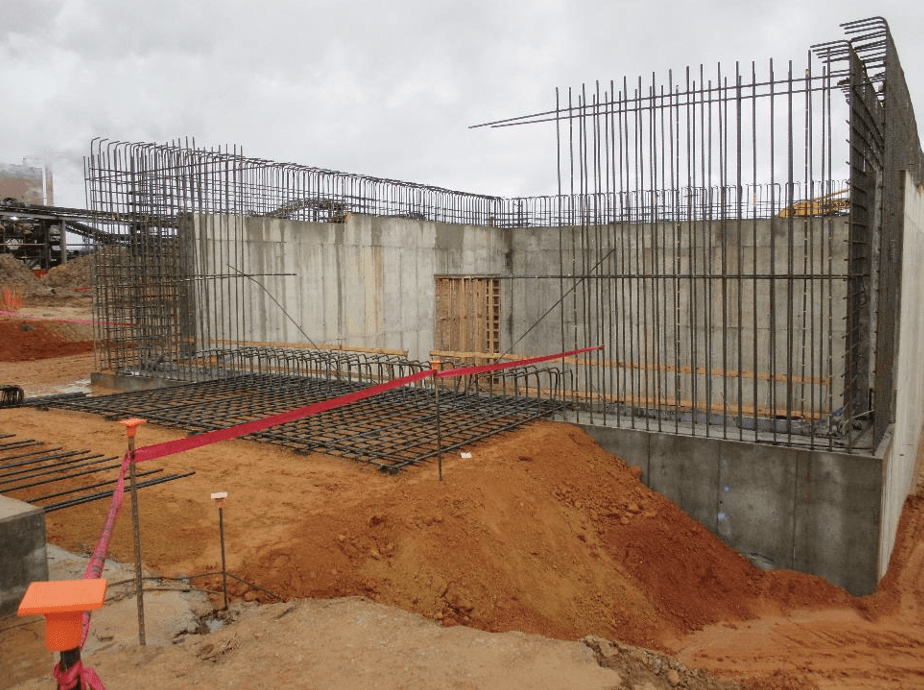Project Geotechnical Engineer for Tailored Site Assessments
Project Geotechnical Engineer for Tailored Site Assessments
Blog Article
A Comprehensive Evaluation of the Solutions Supplied by Consulting Engineers in the Area of Geotechnical Engineering: From Website Examination to Project Application
Consulting engineers in geotechnical design play a critical duty in the effective implementation of building and construction jobs, beginning with thorough site investigations that disclose vital subsurface problems. Their proficiency prolongs to dirt residential or commercial property evaluations, environmental effect evaluations, and the careful surveillance of task application, ensuring positioning with safety and security and sustainability standards.
Significance of Geotechnical Engineering
Geotechnical engineering is an essential self-control that underpins the safety and security and sustainability of civil facilities tasks. By understanding the mechanical habits of soil and rock products, geotechnical designers evaluate the suitability of sites for different constructions, including structures, bridges, and dams. This essential evaluation makes certain that frameworks can hold up against ecological aspects and lots without experiencing failing.
The value of geotechnical engineering extends beyond mere structural security; it also includes environmental stewardship. Proper geotechnical assessments add to decreasing the environmental effect of construction. With mindful analysis of soil homes and groundwater conditions, engineers can create structures and preserving structures that reduce threats such as erosion and landslides, advertising long-lasting stability.
Additionally, geotechnical design plays a vital duty in job price management. geotechnical works. By recognizing potential issues early in the design stage, designers can advise ideal solutions, therefore preventing pricey hold-ups and redesigns during building and construction. This positive technique not only improves task effectiveness yet also significantly decreases dangers related to unanticipated website problems
Website Investigation Methods
Effective website examination methods are crucial for collecting precise data regarding subsurface problems prior to construction. These techniques promote the understanding of the geological and hydrological environment, which is crucial for making sure the stability and security of suggested structures.
Usual methods used in site examinations consist of borehole exploration, which enables designers to extract dirt examples at various depths, offering understandings into stratification and material types. On top of that, geophysical studies, such as seismic refraction and electric resistivity, deal non-invasive means to examine subsurface qualities over bigger locations. These approaches can help identify abnormalities without comprehensive excavation.
Test pits are one more important strategy, providing direct observation of soil layers and making it possible for in-situ testing. geotechnical works. This approach is particularly helpful for superficial excavations and can assist assess groundwater levels. Cone infiltration examinations (CPT) are significantly made use of, as they give constant profiles of dirt resistance, which assists in figuring out dirt strength and layering.
Each of these methods plays a vital role in establishing a thorough understanding of website conditions, enabling consulting designers to make informed choices and referrals throughout the task lifecycle. Accurate data collection during the site investigation stage is pivotal to mitigating dangers and ensuring successful job implementation.
Soil Property Assessment

The evaluation procedure normally entails a mix of laboratory examinations and field investigations. Key buildings such as shear stamina, compressibility, leaks in the structure, and moisture material you could try this out are reviewed to determine the dirt's suitability for building and construction functions. Standard tests, consisting find more of the Atterberg limitations, Proctor compaction, and triaxial shear tests, are frequently used to collect data on soil behavior.
Along with these examinations, in-situ approaches such as the Criterion Infiltration Examination (SPT) and Cone Infiltration Test (CPT) use important understandings right into soil stratigraphy and thickness. The results of these evaluations notify designers about potential obstacles, such as dirt liquefaction or negotiation, allowing them to design appropriate mitigation techniques.
Environmental Influence Analysis
Ecological impact assessment plays an important function in the planning and execution of engineering tasks, especially in geotechnical engineering. This process involves analyzing the possible environmental effects of proposed tasks on dirt, water, air high quality, and surrounding environments. Consulting designers make use of numerous methods, including site evaluations, modeling, and area research studies, to determine and quantify these impacts.
The analysis commonly begins with the identification of baseline ecological problems, which works as a reference for forecasting prospective modifications. Engineers evaluate aspects such as disintegration, groundwater contamination, and environment interruption, guaranteeing that all relevant ecological regulations and standards are followed throughout the job lifecycle. Stakeholder involvement is additionally an indispensable part of the analysis procedure, as it promotes interaction between job designers, neighborhood communities, and regulatory bodies.
Furthermore, reduction methods are created to attend to recognized effects, permitting designers to suggest alternatives or alterations to predict designs that enhance sustainability. This proactive technique not only lessens negative results on the atmosphere however additionally promotes public trust and compliance with environmental regulation. Ultimately, efficient environmental effect analysis enhances the general honesty and feasibility of geotechnical design jobs, sustaining liable development methods.
Task Application and Surveillance

Surveillance is a crucial component of job application. Engineers use numerous methods, such as instrumentation and area tests, to evaluate dirt habits and architectural responses in real-time. This continuous surveillance makes it possible for the recognition of any type of deviations from expected performance, permitting timely treatments to mitigate risks.
Furthermore, consulting designers maintain open interaction with contractors and stakeholders throughout the process. Normal website inspections and report card guarantee that all parties are educated concerning task condition and any type of arising issues. By cultivating cooperation and openness, seeking advice from engineers facilitate a much more reliable execution process, therefore enhancing task end results.
Eventually, effective task execution and surveillance not only promote safety and security and top quality requirements however likewise add to the general success of geotechnical jobs, ensuring they meet their desired purposes sustainably and properly.

Final Thought
In final thought, the function of seeking advice from engineers in geotechnical design incorporates an essential sequence of services that make certain job success. Ultimately, the diverse payments of seeking advice from designers are necessary in attending to the intricacies of geotechnical obstacles in modern-day engineering tasks.
Report this page